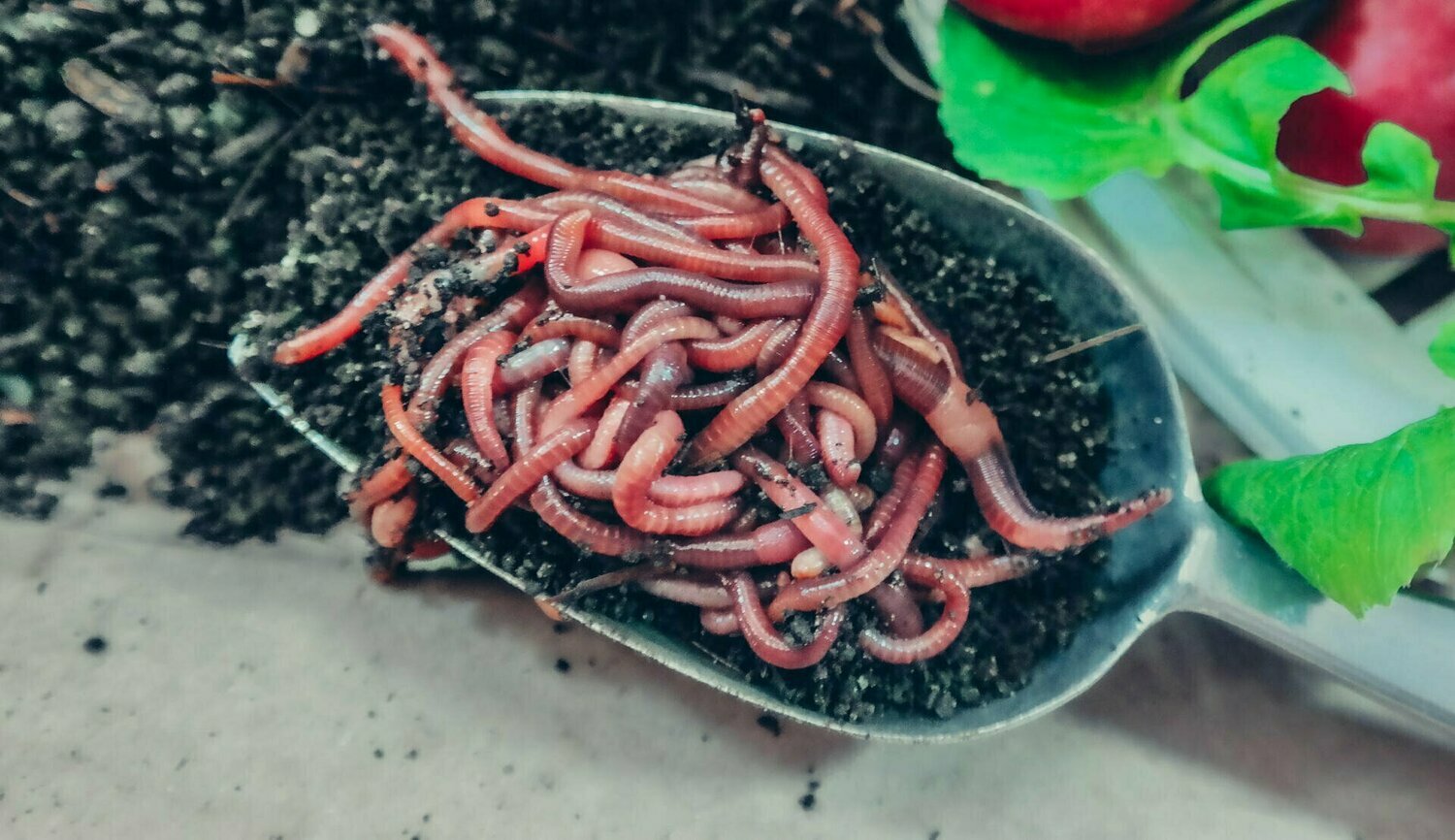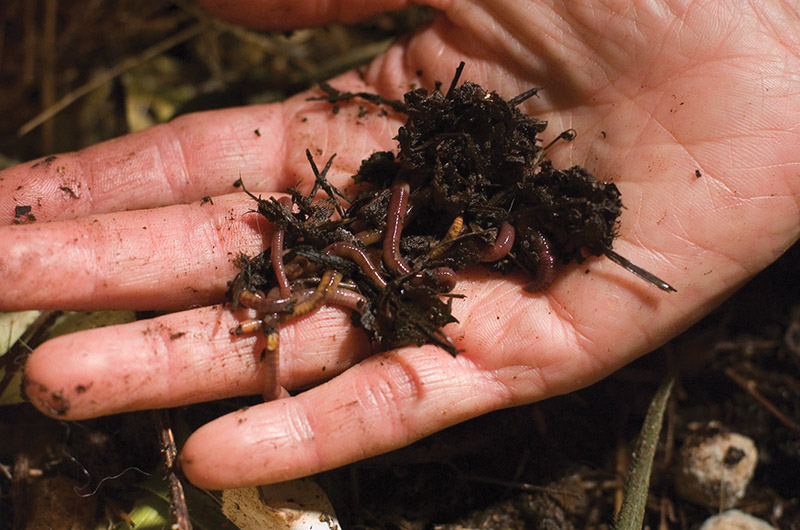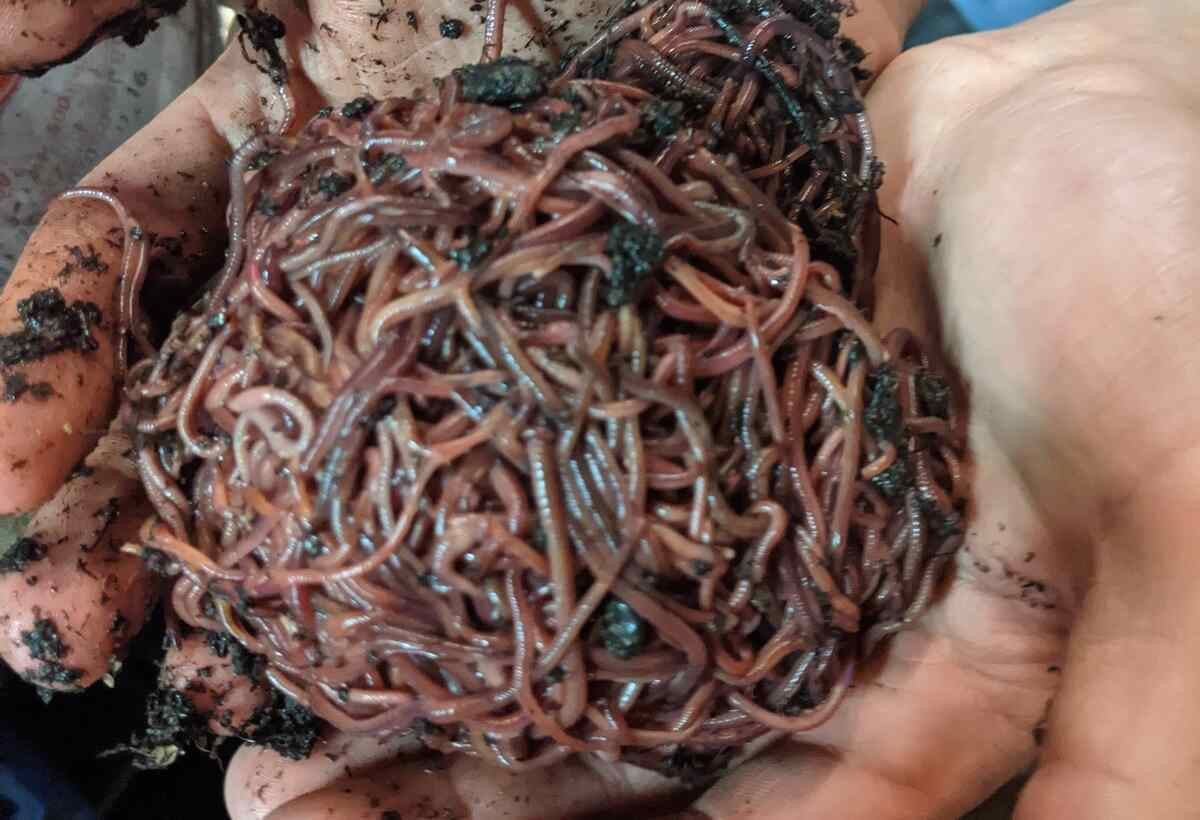Thriving red wigglers: Essential tips for beginners
Change Your Garden With Red Wigglers: Idea
Red wigglers are not just an inquisitiveness for compost fanatics; they are pivotal representatives of transformation for any garden. By developing a standard worm bin and understanding the nutritional requirements of these amazing animals, garden enthusiasts can significantly boost dirt high quality and plant health. The process of transforming organic waste into rich, abundant spreadings is both straightforward and rewarding. The true capacity of red wigglers goes past mere composting. Discovering the subtleties of their care and the diverse applications of their results can unlock even greater benefits for your horticulture undertakings.

Benefits of Red Wigglers
Red wigglers, scientifically referred to as Eisenia fetida, are typically hailed as nature's composting champs. These remarkable worms offer several key benefits that can dramatically improve garden health and performance. First of all, they are reliable decomposers, breaking down organic product such as kitchen area scraps and yard waste right into nutrient-rich vermicompost. This all-natural fertilizer improves the soil, advertising healthy plant development and enhancing soil framework.

One more noteworthy advantage of red wigglers is their capability to decrease waste. By composting natural products that would certainly or else add to land fill waste, they play an important duty in lasting horticulture methods. Integrating these worms right into your gardening regimen can lead to raised returns, much healthier plants, and a much more dynamic yard setting, making them vital allies for garden enthusiasts looking for to improve their environmental footprint.
Establishing a Worm Container
Producing a worm bin is a vital action for any person aiming to harness the benefits of red wigglers in their gardening efforts. An appropriate worm bin can be made from different materials, including plastic containers, wood crates, or commercially offered worm containers. The initial consideration is size; a bin that is at the very least 2 feet vast, 3 feet long, and 1 foot deep is generally optimal for a little to medium variety of worms.
It's vital to develop a bed linen layer, using products such as shredded newspaper, cardboard, or coconut coir to offer a comfy setting for the worms. The bed linens needs to be moist however not soaked, resembling a damp sponge - red worms.
Place the bin in a location that keeps a regular temperature, ideally in between 55 ° F and 77 ° F. Avoid direct sunlight or severe cool, as these conditions can harm the worms. When the container is established up, permit the bed linen to go for a few days before introducing the red wigglers, ensuring they have a successful atmosphere in which to prosper.
Feeding Your Red Wigglers
When the worm bin is established and the red wigglers are introduced, correct feeding becomes vital to preserving a healthy and balanced worm populace. Red wigglers thrive on a varied diet, primarily containing cooking area scraps and organic products. Ideal foods include vegetable peels, fruit scraps, coffee grounds, and smashed eggshells. It is essential to stay clear of feeding them meat, dairy, or oily foods, as these can produce undesirable smells and attract pests.
When introducing food, cut the scraps into smaller sized pieces to assist in quicker intake. Additionally, bury the food underneath a layer of bedding material to stop fruit flies and various other hassles. Screen the feeding regularity; a basic regulation is to give food every 1-2 weeks, depending on the number of worms and the amount of food waste produced.

Collecting Worm Spreadings
How can you inform when it's time to gather worm castings from your bin? The preparedness of worm spreadings is suggested by a few key indications.
An additional indicator is the decrease in worm task; as the spreadings gather, worms often tend to migrate towards fresher food sources. If you observe a decline in worm movement and the visibility of spreadings at the end of the bin, it's a clear signal that harvesting schedules.
To gather, gently scoop out the spreadings, taking care to lessen disruption to the worms. A preferred approach includes separating the castings making use imp source of light; worms often tend to delve far from the light, permitting you to accumulate the spreadings a lot more conveniently.
Gathering routinely, roughly every three to six months, guarantees a regular supply of this nutrient-rich amendment for your horticulture endeavors. Bear in mind, the high quality of your spreadings directly influences the health and wellness of your plants.
Utilizing Castings in Your Garden
(red wigglers for sale near me)Using worm spreadings in your yard can significantly improve soil health and wellness and plant development - red worms. These nutrient-rich natural plant foods offer important macro and trace elements, enhancing the general fertility of your dirt. By including worm spreadings right into your yard beds, you can advertise valuable microbial activity, which aids in nutrition accessibility and improves dirt framework
To utilize worm spreadings successfully, blend them right into the top couple of inches of dirt before growing. This makes sure that nutrients are readily accessible to your plants. You can create a nutrient-dense fluid fertilizer by steeping worm spreadings in water for a week, after that applying the resulting "worm tea" straight to your plants. This technique not only supplies immediate nutrients however likewise encourages healthy root development.
Worm castings additionally improve moisture retention within the dirt, reducing the demand for regular watering. Their natural pH balance makes them ideal for different plant types, from vegetables to ornamentals. Frequently incorporating worm spreadings into your horticulture routine can bring about robust plant development, increased returns, and an overall much healthier garden environment. Welcome the benefits of worm castings for a growing and sustainable yard.
Final Thought
Including red wigglers into garden methods supplies significant advantages, including improved soil fertility and enhanced plant health and wellness. By developing a worm bin, supplying appropriate food, and consistently collecting nutrient-rich spreadings, garden enthusiasts can promote a sustainable ecological community. The use of worm spreadings and "worm tea" additionally contributes to moisture retention and nutrient availability in the soil. Eventually, the assimilation of red wigglers facilitates an efficient and eco-friendly method to gardening, promoting overall ecological balance.